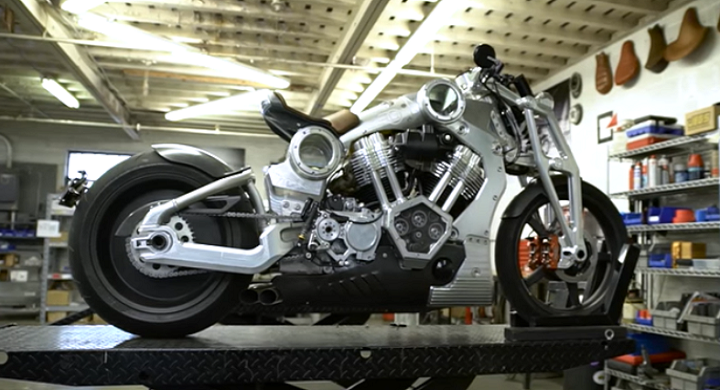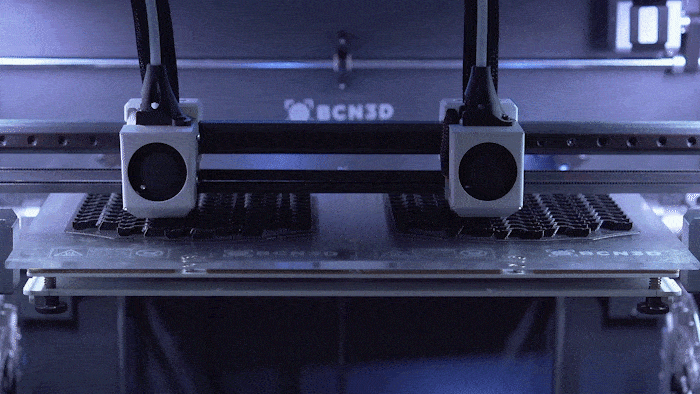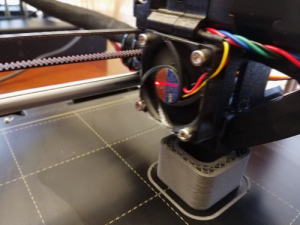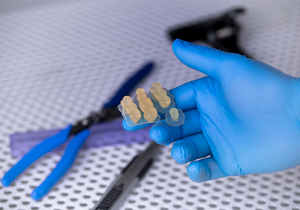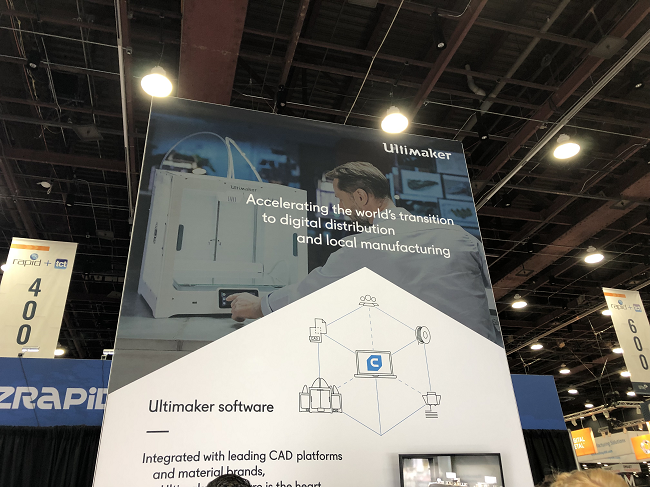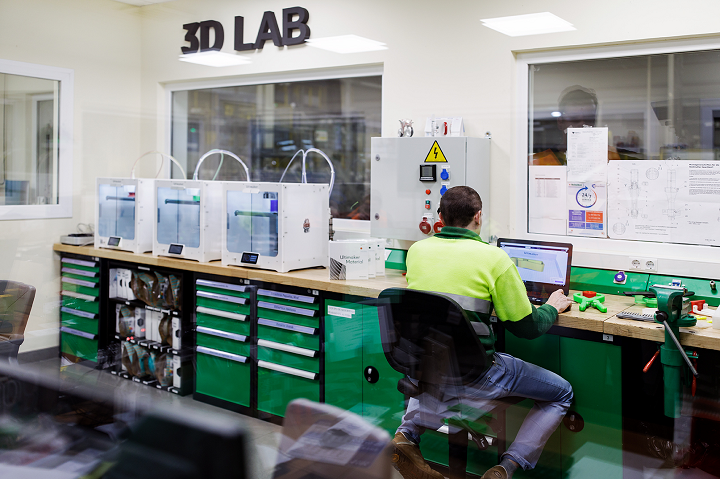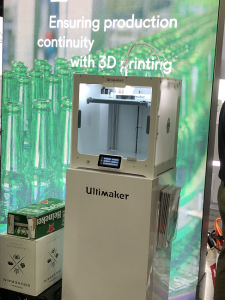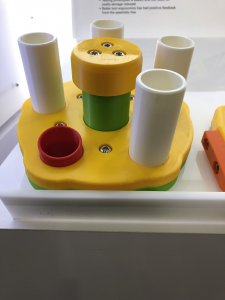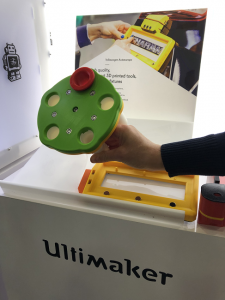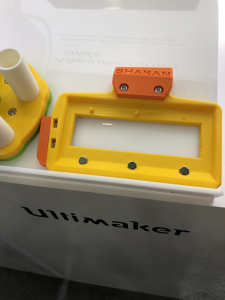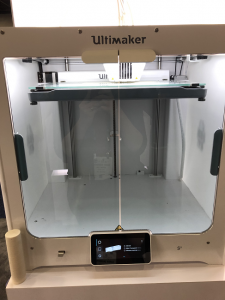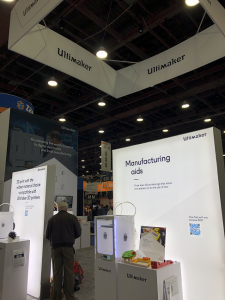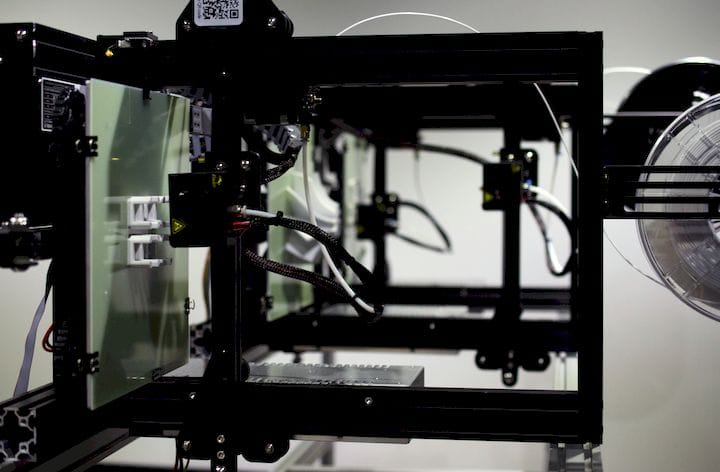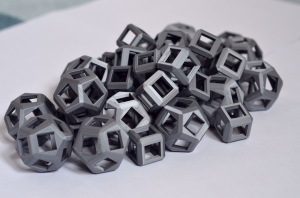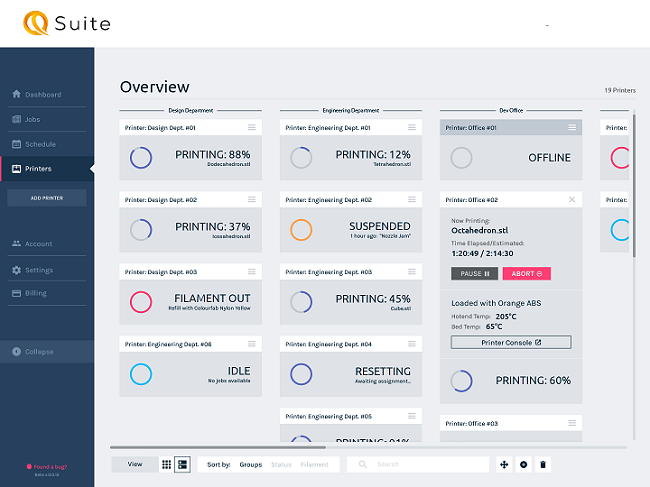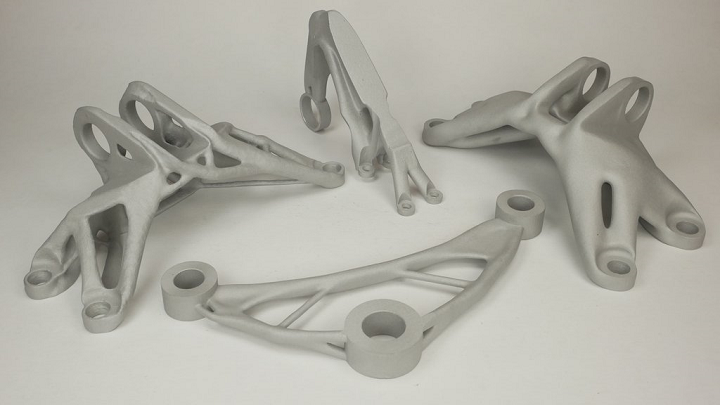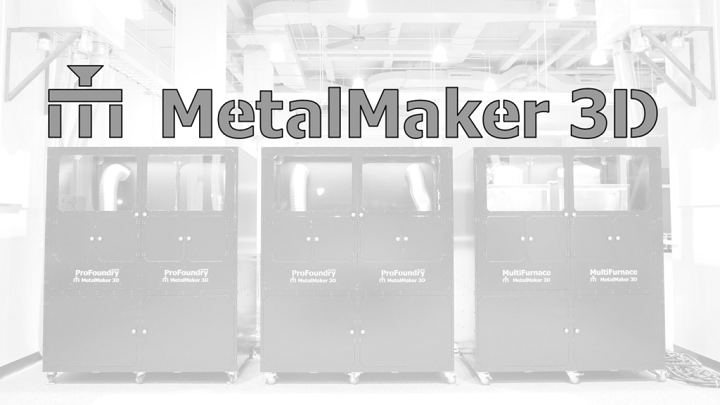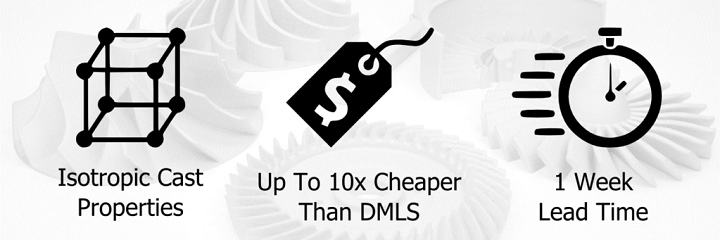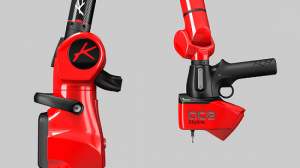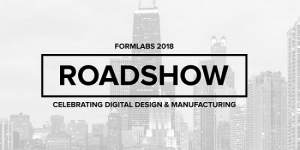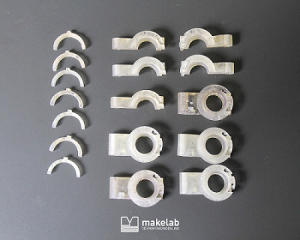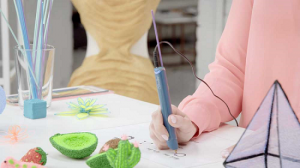Researchers Carl Philip T. Hedenstierna, Stephen M. Disney, and Jan Holmström explore one of the most fascinating new areas of manufacturing today as 3D printing service bureaus offer assistance to a wide range of professionals, businesses, designers, and users on any level the chance to see their 3D designs come to fruition—while eliminating the need on the consumer level for huge investments in materials and equipment.
In the recently published ‘Service levels in make-to-order production: 3D printing applications,’ the authors explain how 3D printing servicers can manage their workload, deliver on time, and still keep production costs low; however, they also discuss what can often be a tradeoff in business: the realistic dilemma of atrocious service being provided at a minimal cost, or near-perfect service given at a higher cost.
While the ability to offer customized parts on-demand is extremely advantageous for everyone involved, this new way of doing business also presents new challenges—especially due to a lack of inventory. The authors are very clear about the enormous issue this can cause, despite the benefits of not having to keep warehouses full of goods and the ability to offer one-of-a-kind work for customers: because the service bureau can’t ‘build inventory to decouple demand variability from production – any demand variability must be absorbed by capacity, or by the delivery time.’
While AM processes allow servicers to create specialized parts, the sequencing of work may not be a problem, but ‘production smoothing’ could be. Order-based operations must be smoothed in businesses relying on inventory to keep production running efficiently, but in this study, the researchers begin to see that it may be just as critical for service operations. Today, there are numerous 3D printing servicers to look at, and many of them have substantial followings as the companies provide access to many other resources too.
Worldwide companies like 3D Hubs (originally a community-based, peer-to-peer printing service), offer a unique 3D printing dynamic now for businesses to get quotes on projects and have them completed via ‘dedicated merchants.’ Other companies like i.materialise and Shapeways offer 3D printing, centers for commerce, and a host of community resources. In this study, the authors use Shapeways as an example:
“… with physical production times of minutes or hours, they offer a manufacturing throughput time of six days (or two days with expediting) for white plastic products with no dimension exceeding 250mm (Shapeways, 2016). This leaves some slack time for decoupling demand variability from production.”
Designated delivery times must be longer than the time spent in the order book, combined with actual manufacturing time. There is very little flexibility for slack time for buffering. Previous research has shown the potential for 3D printing ‘collaborative networks’ shouldering the workload together, ‘trading excess orders and capacity dynamically.’
The authors have developed a service rate concept for this study, offering a metric like the one used for businesses relying on stored inventory. Success is measured by how happy customers are with delivery times. The researchers also chose the CIMO framework as they began to create an analytical model for the framework of their study as they further examine:
- Order book management in 3D printing
- Dynamics of the order book
- Service delivery performance
- Capacity costs
- Order book control
- Numerical analysis
Ultimately, the researchers consider three outcomes related to operations and customer service: offer perfect service at great cost, offer near-perfect service with proportionately less cost, or offer poor service at a much lower price.
“The proportional alternative seems to be the most realistic, as it ensures high service with significant production smoothing,” concluded the researchers. “If, as in Shapeways case, there is an option for expediting, separate order book and control policies (with different a -values) must be maintained for each delivery mode.”
“While the CIMO framework guided this research, we had to revisit the intervention stage after having defined the mechanism and the output in unambiguous terms. In this way, the mechanism and the intervention gave rise to an integrated system for providing the intended outcomes. To identify unintended outcomes, we would have to test the policy on actual order book data from a service operation. This might reveal new insights, not predicted by the model, that could aid in the development of a refined intervention.”
What do you think of this news? Let us know your thoughts! Join the discussion of this and other 3D printing topics at 3DPrintBoard.com.
[Source / Images: ‘Service levels in make-to-order production: 3D printing applications’]
The post 3D Printing Servicers: Budgeting Time & Delivery Systems for On-Demand Production appeared first on 3DPrint.com | The Voice of 3D Printing / Additive Manufacturing.



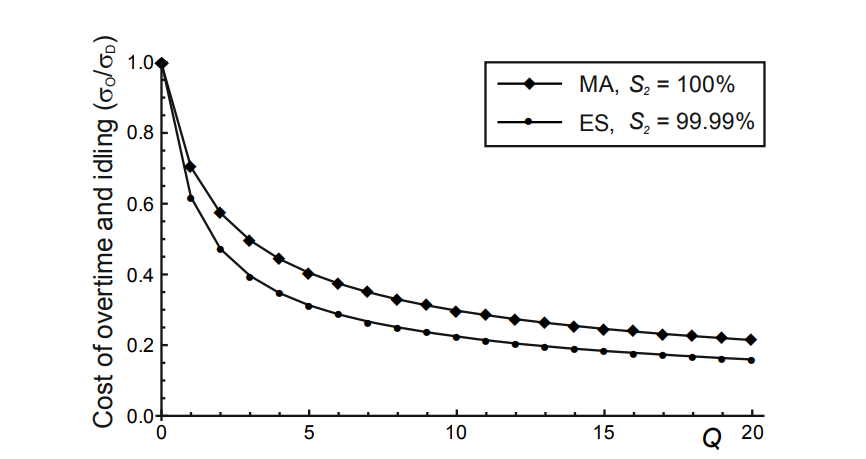

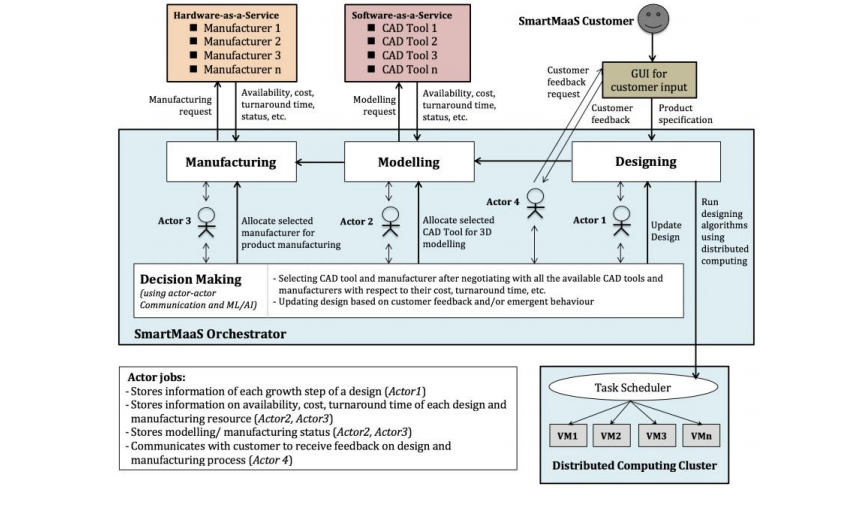
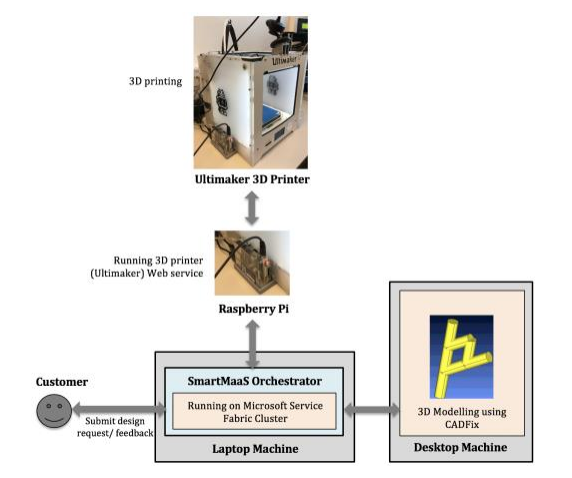

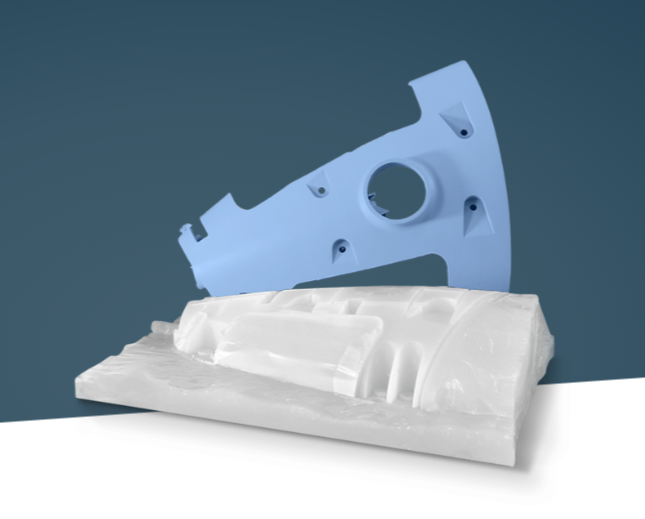

 3D printer, which lets existing investment casting operators switch to additive manufacturing for their patterns, using 3D Systems’ MJP 3D printing technology. In addition, its VisiJet
3D printer, which lets existing investment casting operators switch to additive manufacturing for their patterns, using 3D Systems’ MJP 3D printing technology. In addition, its VisiJet
